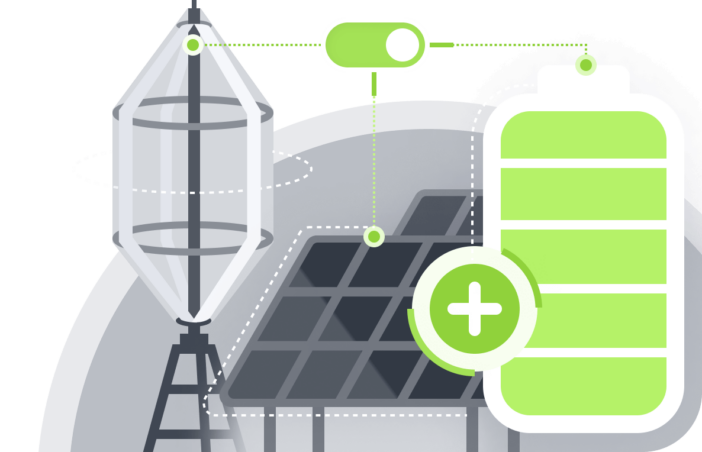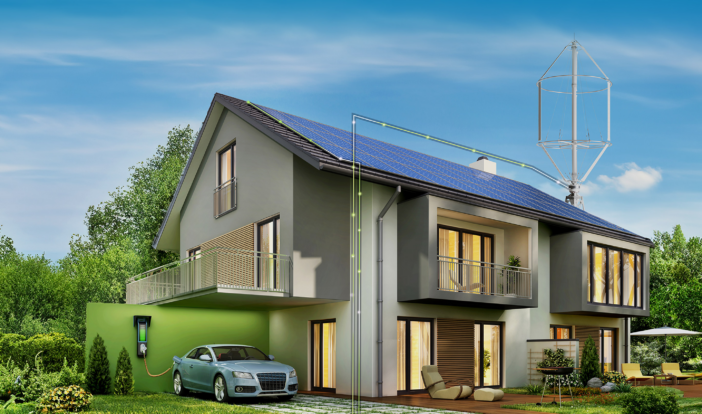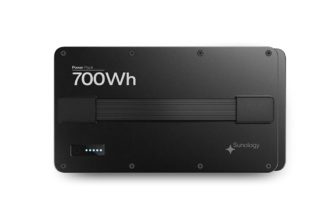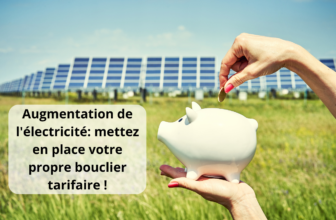We've talked about it a lot, dreamed about it a bit, and with the rapid advancement of renewable energy, home energy storage is becoming almost inevitable! And here comes the young Estonian gem Freen with an innovation that is likely to change the game: a 10 kWh home storage battery made of sodium-ion! Yes, you read that right. We're starting to move away from the well-known lithium for something fresher, more local, and above all, more sustainable. We already mentioned it in a previous article about battery technologies, and it's starting to materialize!
A small revolution in your garage
Let's start from the beginning: Freen is an Estonian company with a crazy dream (and honestly, not so crazy in 2024): to make self-consumption accessible to everyone. Until now, the company had made a name for itself with its small vertical Darrieus wind turbines, equipped with flexible blades. But now, they're stepping up with this 10 kWh residential sodium-ion battery. And it changes a lot of things!

First, let's talk tech. Sodium-ion is not just a passing fad: it may well be the future of electrochemical storage. Why? Because sodium, unlike lithium, is ultra-abundant on Earth (it's basically salt), and much easier to extract in an ecological manner. In short, we're talking about a technology that's more planet-friendly, more “made in Europe”, and not dependent on pressure-sensitive mining resources.
Sodium-ion is new (to the general public), but not at all experimental. Giants like CATL, the Chinese battery manufacturer already partnered with Tesla, have already developed sodium-ion models. The peculiarity? Impressive performance at a lower cost than lithium-ion batteries, especially in the medium term.
Sodium-ion batteries can withstand more extreme temperatures (hello heatwaves and harsh winters) and, above all, they do not rely on cobalt, that infamous metal whose extraction raises ethical and environmental questions. In short, it checks a lot of boxes: reliability, resilience, durability.
The European Commission is also heavily investing in this technology to meet its climate goals without relying on imports of critical materials. We have salt. We have the skills. And Freen, with its factory in Estonia, is becoming a superb example of European potential!
But concretely, what does this Freen battery do?
The Freen battery has a capacity of 10 kWh — which is more than enough for typical domestic use. To give you an idea, this is about what a well-insulated home consumes on a normal day with basic appliances. In other words, you can power your fridge, lights, internet box, and even a few small household appliances without touching the grid for quite a few hours.
It’s the perfect companion for solar panels. During the day, when the sun is shining, you produce plenty of energy. But not everyone is at home at 2 PM to charge their smartphone. The battery then stores this excess energy so you can enjoy it in the evening, when the sun is down but Netflix is calling you.

The startup has promised great ease of installation: nothing to do with complex industrial batteries and their endless wired systems. We’re looking at a plug-and-play solution, or at least something that comes close. Note, for the more tech-savvy among you, that the battery is of course connected, with a mobile app to track your production/consumption and optimize everything. Smart home ready!
A game-changing battery for self-consumption
So far, the big issue with residential solar was exactly this problem of “when I produce vs when I need energy.” The Freen battery fills this gap. And it's not just a simple battery — it's a little gem of electrochemical design paired with a fiercely optimistic energy transition project.
Imagine: you install a few panels on the roof or on the ground, you add this compact sodium-ion battery, and voila, you've just created your own mini smart power plant. Your bill is looking gloomy while your house shines (and so do you, by the way).
And by the way… this 10 kWh battery could well appeal to small professionals: craftsmen, offices, rural sports halls, etc. All those who have a bit of space, a roof, sunlight, and a desire to cut costs and emissions.

Availability that is becoming clearer
So, on the timing, let's be honest: Freen is taking the lead but isn't providing all the juicy details just yet. The battery is unveiled, yes, but pre-orders are not yet open at the beginning of 2025. That said, things are moving fast. Very fast. We're talking about a company that has already captivated thousands of households with its wind turbines, and is clearly aiming for scalability (meaning being able to produce a lot, quickly — for those who don't like anglicisms).
The price? Still a bit unclear — but everything seems to indicate that it will be contained, partly due to inexpensive raw materials and European manufacturing. Good news in a context where lithium-ion battery prices have recently soared (thanks to geopolitical tensions…).
Towards a much more accessible energy autonomy
So, should you jump on this Freen sodium-ion battery? If you're already (or soon to be) equipped with solar panels, it's a big YES. Not only do you optimize your consumption, but you increasingly free yourself from the grid. And that’s precious. Especially at a time when energy uncertainty looms (we all remember the consumption spikes of winter 2022).
And then, admit it: thinking you’re storing sunlight electricity in salt is quite poetic, right? The energy future may not be high-tech like Blade Runner… but it will be much smarter, gentler, and more sustainable. And with a little salty taste.
Conclusion: a small step for Freen, a big leap for green energy!
Freen, with its residential sodium-ion battery of 10 kWh, is not just making an intelligent marketing move. It is laying a real (salty) brick in the wall of the house of the future. A solar, connected, autonomous wall, and more than ever in the hands of its inhabitants.
So yes, we can't wait to test it for real, to see how it integrates into “real people's” homes, in “real houses”, but we can already sense the impact that this kind of announcement can have. Freen confirms its ambition: to build 100% local, clean, and finally affordable energy.






Please remain courteous: a hello and a thank you cost nothing! We're here to exchange ideas in a constructive way. Trolls will be deleted.